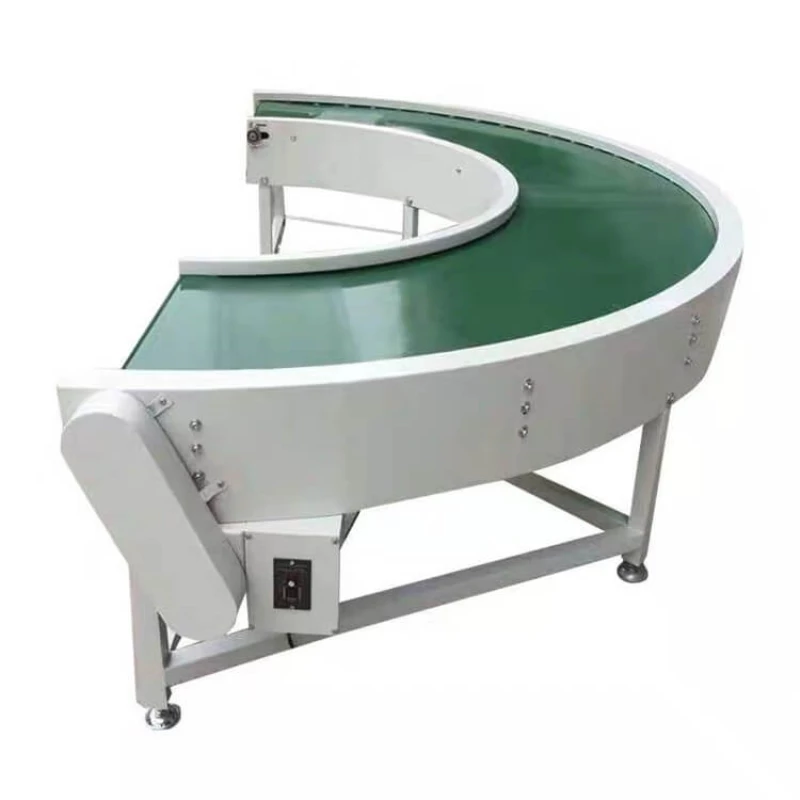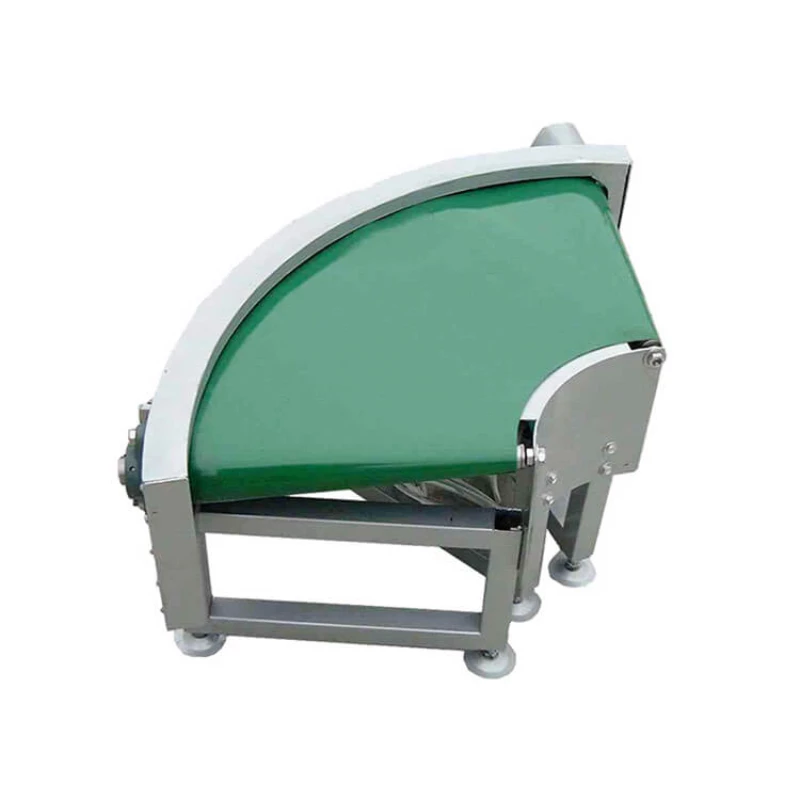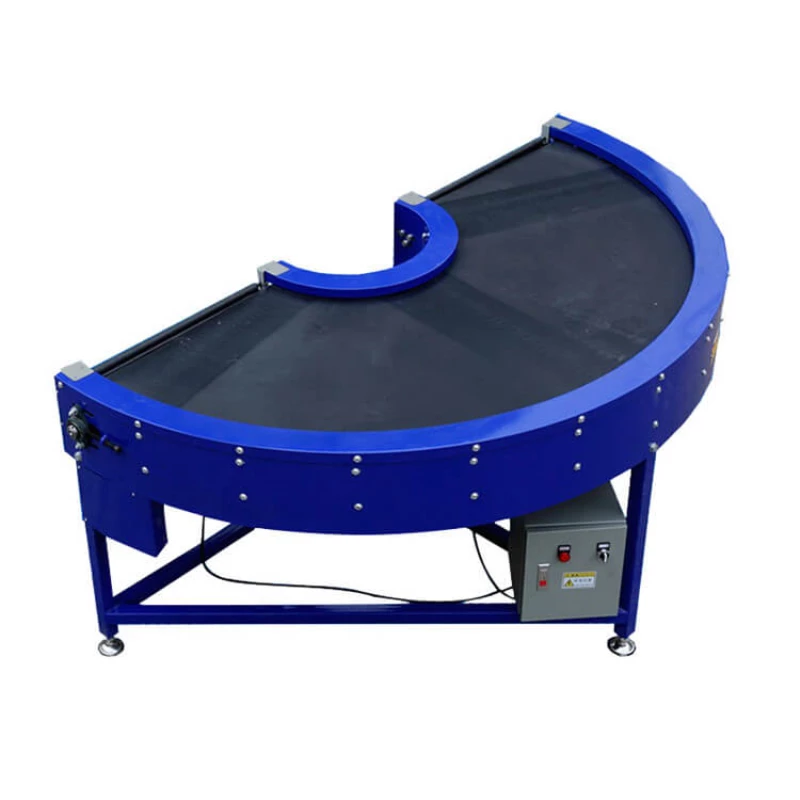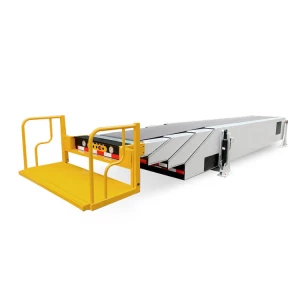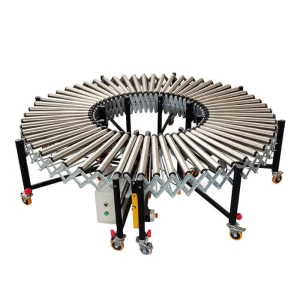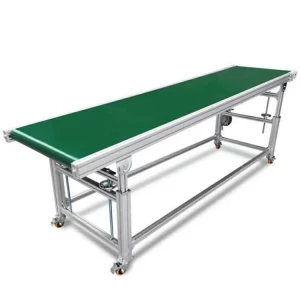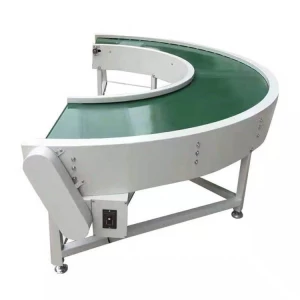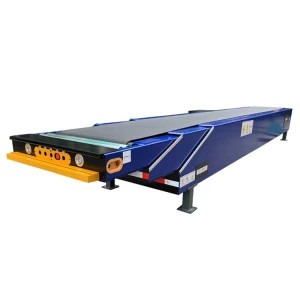Our curved conveyor solution is designed for high-volume, heavy-duty applications such as airport baggage handling. It demonstrates exceptional durability and high reliability in demanding environments where equipment needs to be in constant operation, minimising downtime and ensuring that all types of stringent deadlines and time requirements are met.



To meet the demands of heavy-duty applications, a uniquely engineered design features offset joints and a double-seam fixed belt press. This design provides a guiding profile that is five times stronger than conventional compression strips, which directly addresses and reduces the risk of belt breakage and reduces maintenance time to virtually zero.

In heavy-duty applications such as baggage handling at airports, conveyor reliability and efficiency are critical. Our curved conveyor solutions are ideally suited to meet these needs due to their superior durability, high reliability and quick maintenance features. Whether it's in the design, manufacture or maintenance of equipment, we are committed to providing our customers with the highest quality service and most reliable solutions.
In addition, when it is time to replace the belt, thanks to its modular design, the replacement process is extremely fast, taking only 15 minutes. Compared to hours of replacement time with other solutions, our solution dramatically reduces downtime and further improves the operational efficiency and reliability of the equipment.


As a general-purpose equipment, the Curved Conveyor Belt has a wide range of applications in industries such as logistics, food, tyres and building materials. In the design process of arc conveyor, the key is to ensure that it can operate normally and efficiently. This paper will focus on the design points of the arc conveyor, and explain how to choose the appropriate conveyor belt for it.

First of all, the drive system is one of the core elements of arc conveyor design. Depending on the application requirements, arc conveyors can use friction drive or positive drive system. Friction drives are suitable for high-load applications, but care needs to be taken as they can cause additional wear on the conveyor belt. Positive drive systems, such as bowline chain or pulley-driven toothed profiles, on the other hand, focus more on extending the service life of the conveyor belt. The choice of drive system needs to be weighed against the actual requirements.

Secondly, the belt guiding system is also an integral part of Curved Conveyor Belt design. In order to counteract the inward pulling forces, a corresponding belt guiding system must be used. Common solutions include the installation of rollers on the outer circumference of the belt, the mounting of rollers on the conveyor frame, and the use of bowed chains attached to the outer circumference of the curved conveyor belt.

Finally, belt speed control on curved conveyors should not be overlooked. Curved Conveyor Belt are made of round cut belt material spliced into a conical shape, and as they rotate around the pulleys, the angular velocity of the curved belt should remain constant throughout the width of the belt. However, the linear velocity of the belt is not, and it is linearly related to the radius of the curve. Therefore, when designing a curved conveyor, the control of belt speed within the bandwidth needs to be fully considered.




We have more categories for you. lf you can't find the products you want above,just fill in the form and tell us whatproducts you want to import from China.


